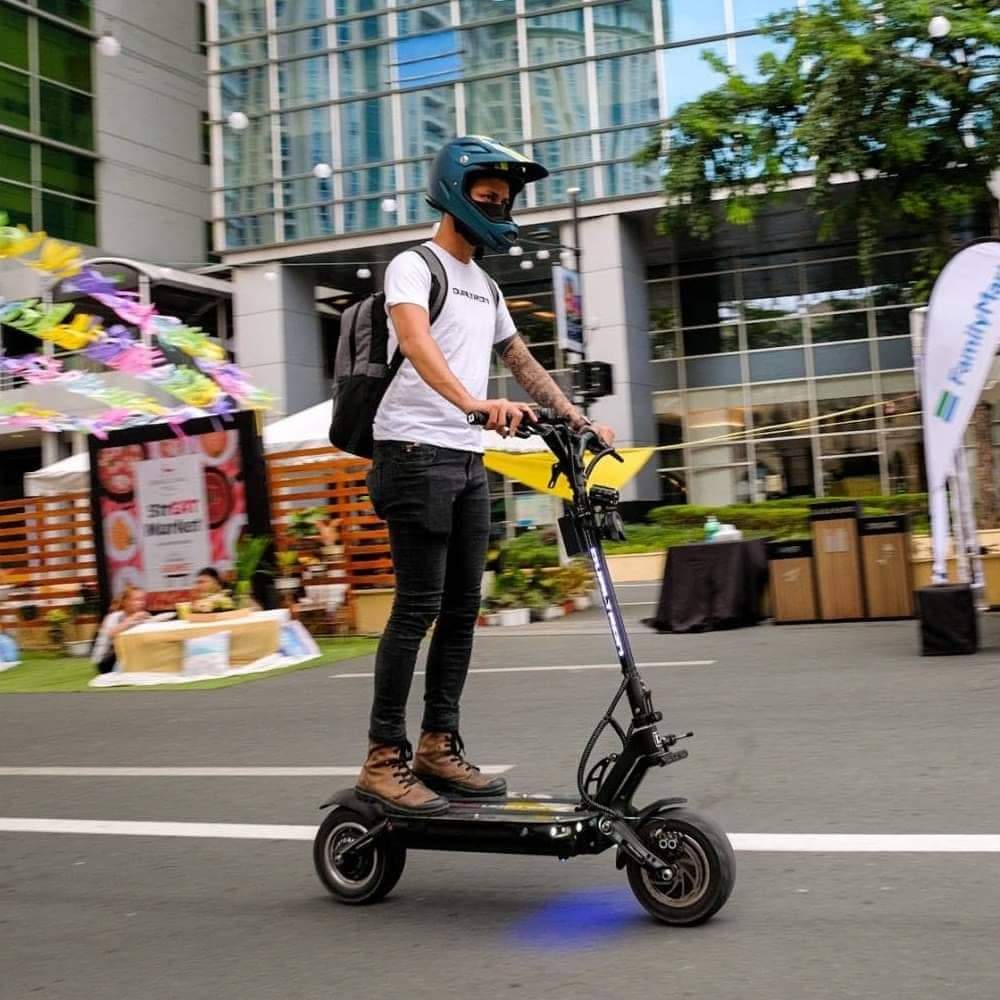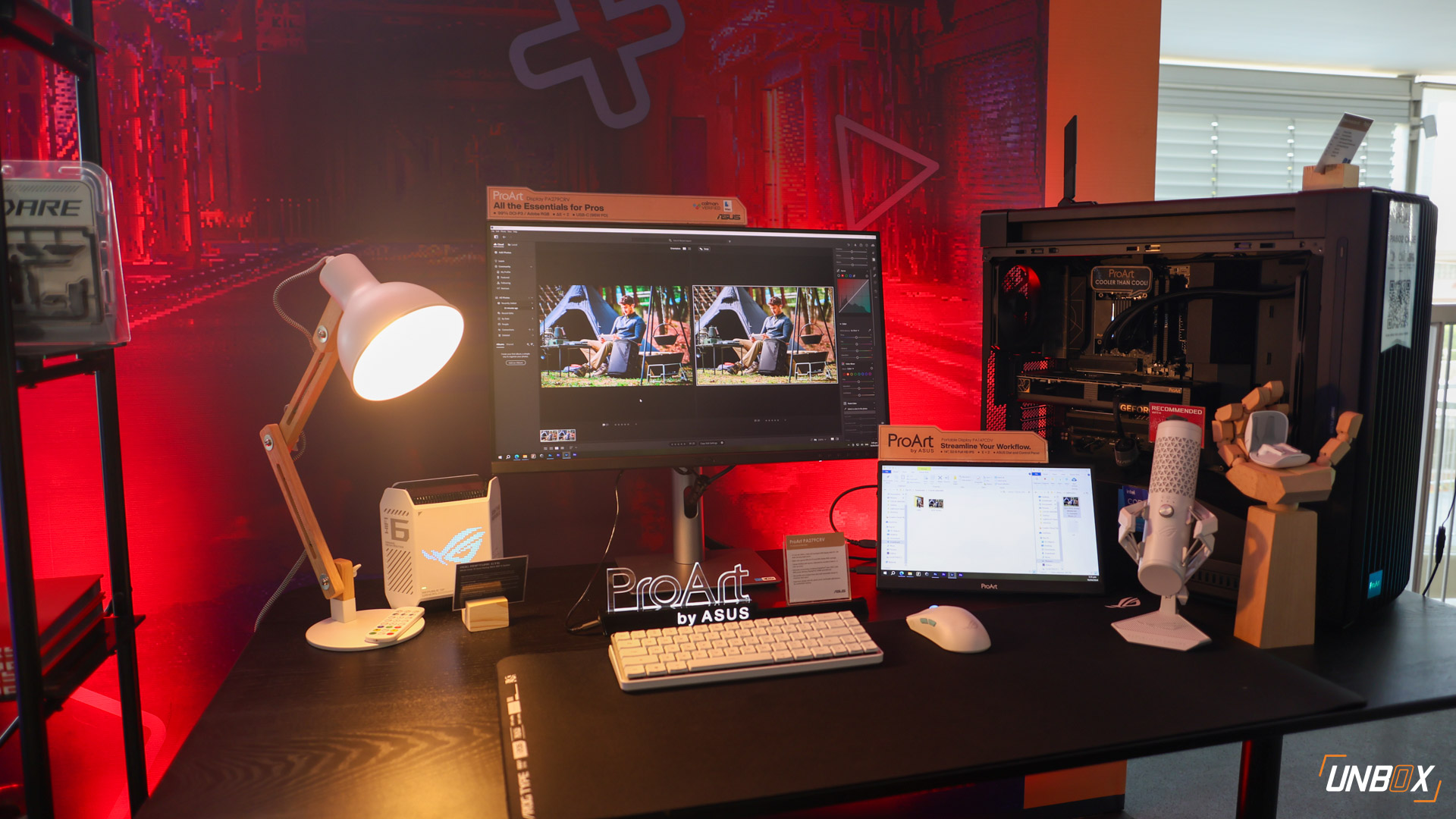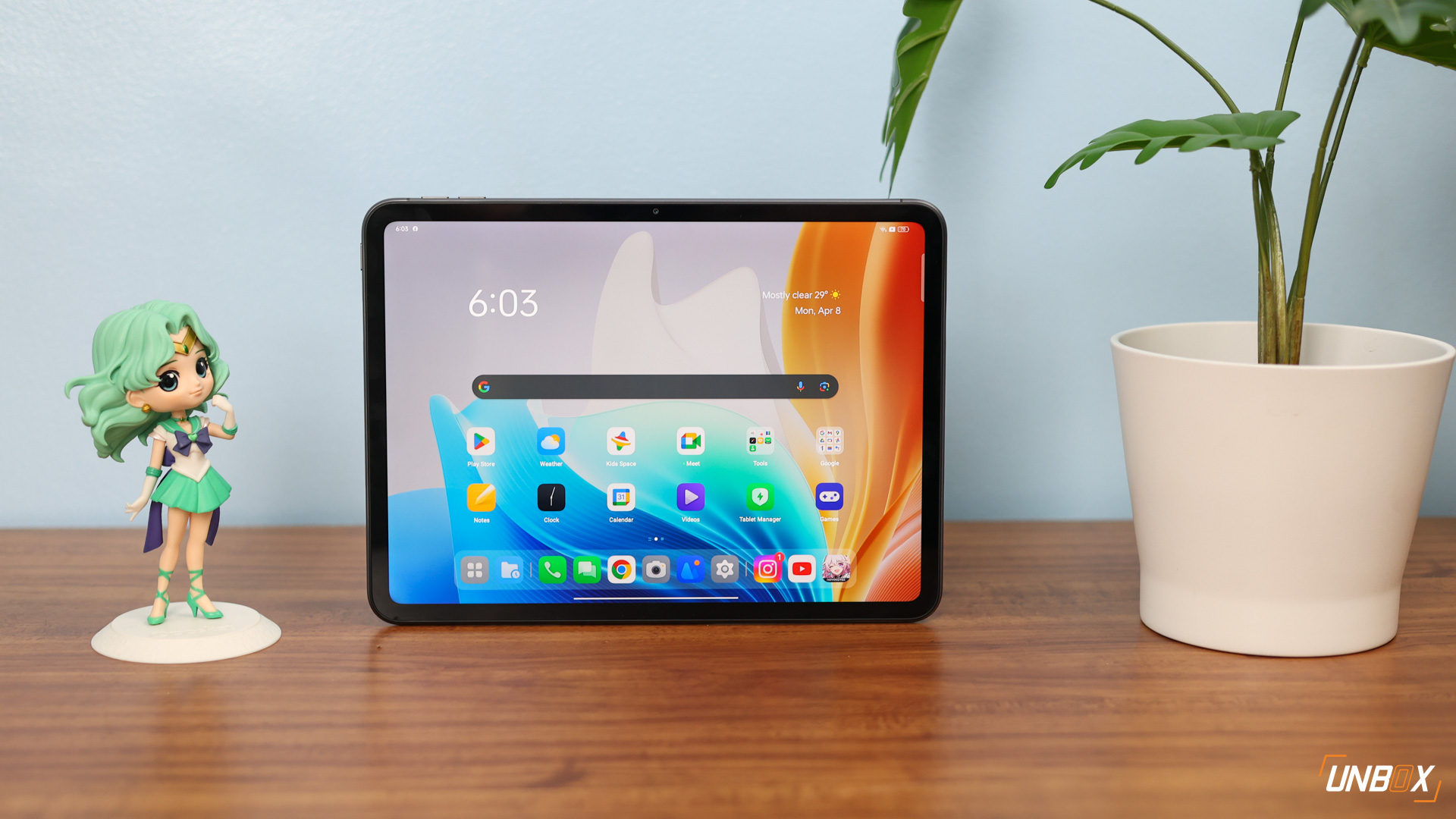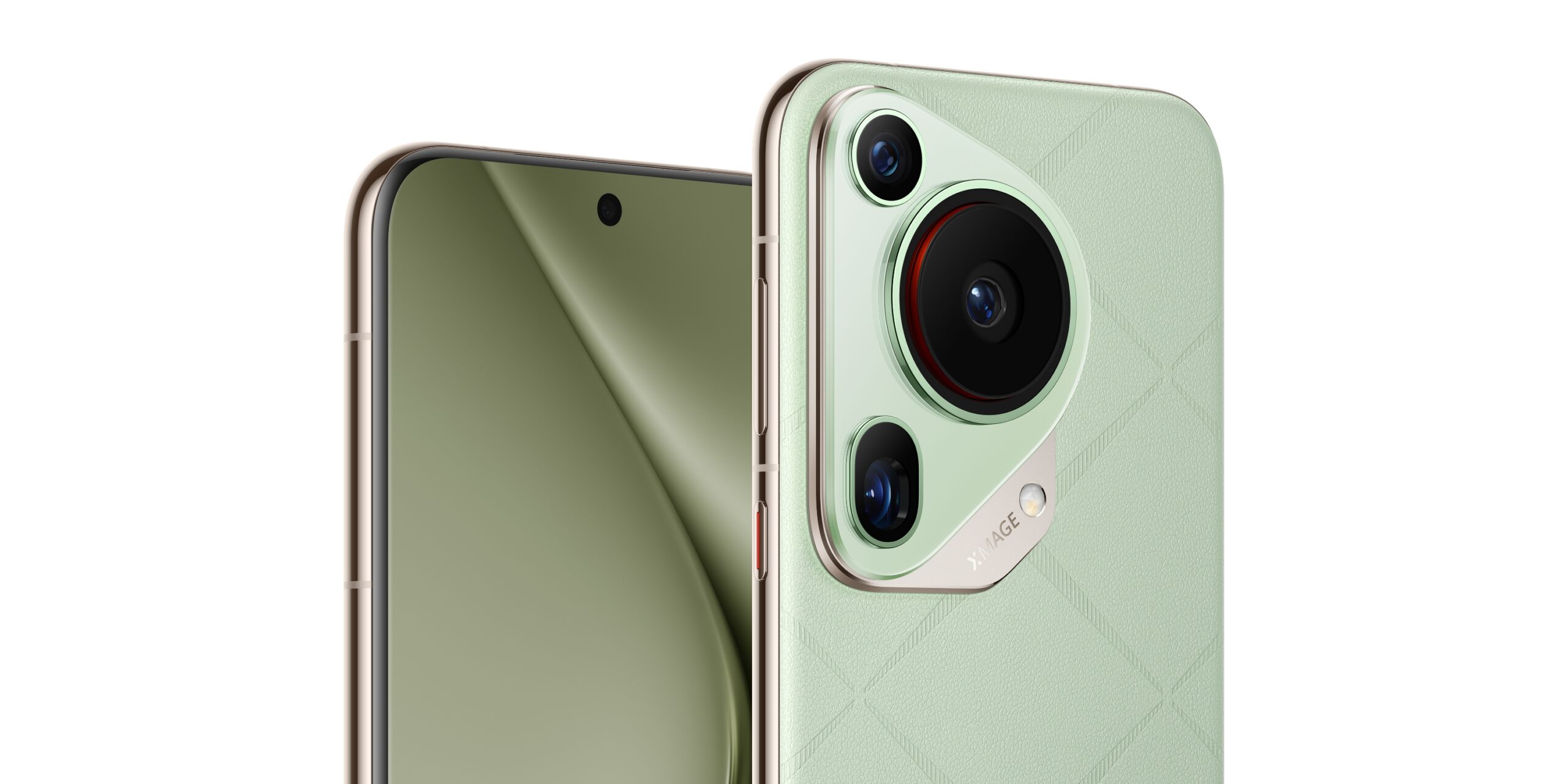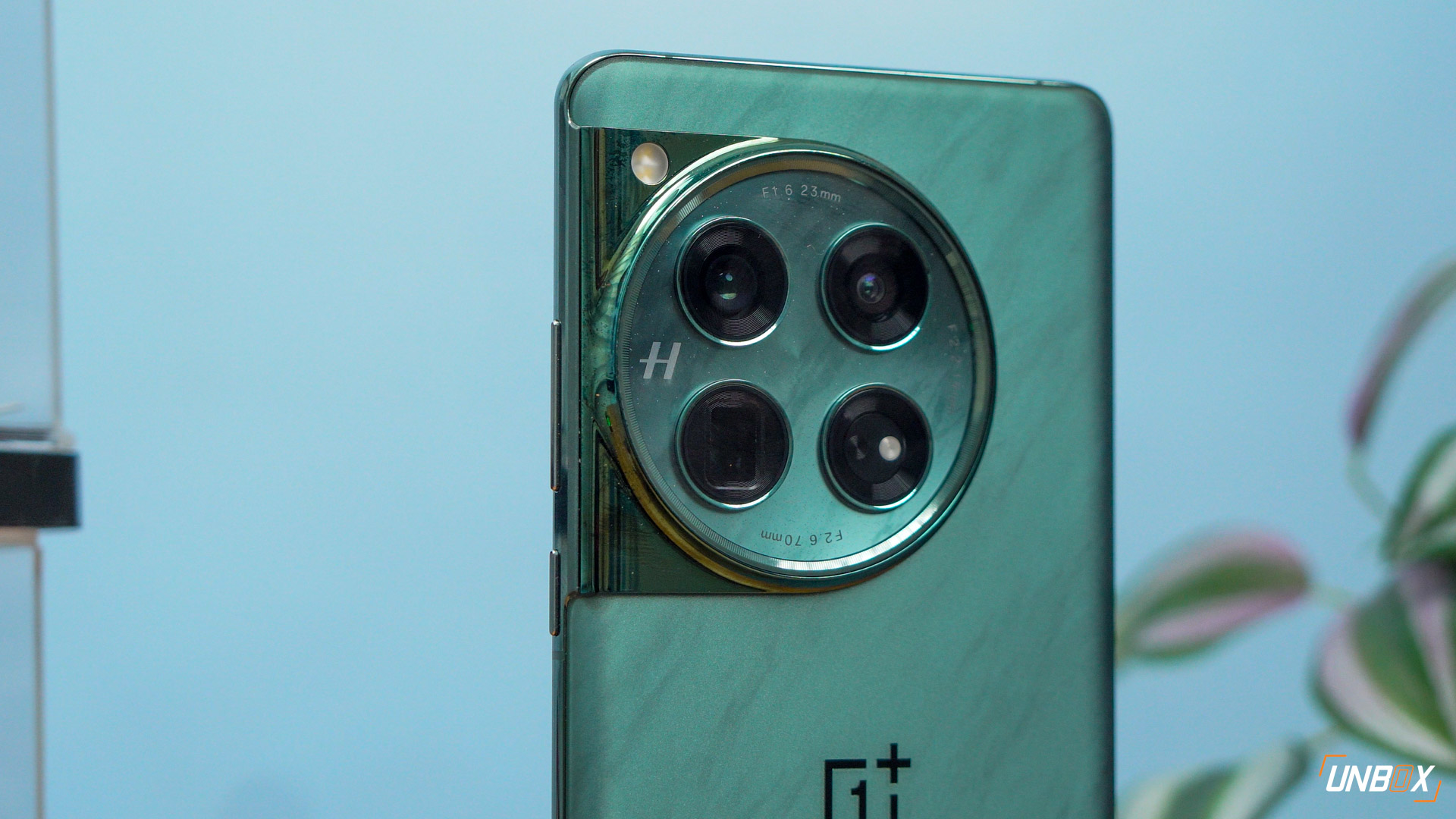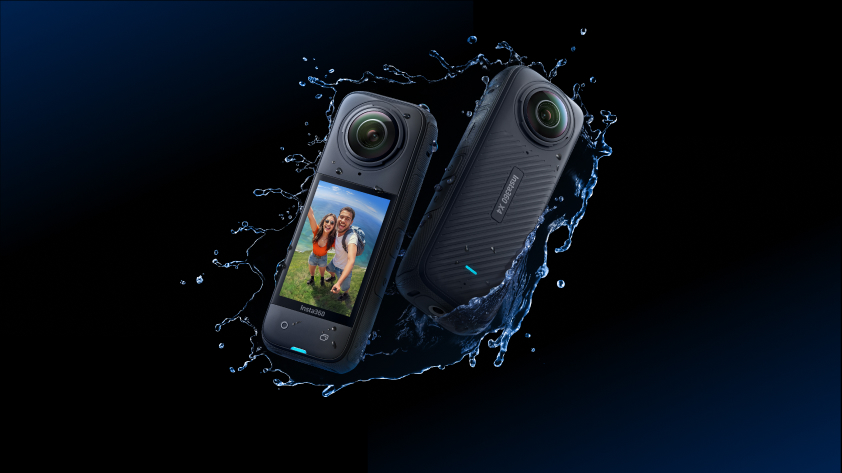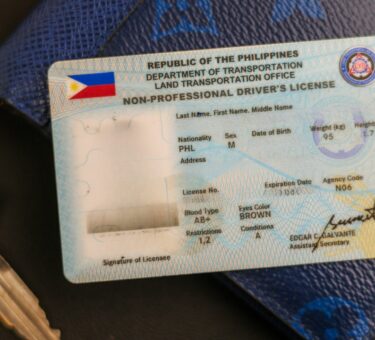With gas prices the highest they’ve ever been, more and more people are looking for alternative ways of transport going to work. While the most common answer is either buying a motorcycle or getting an actual bike, a lot more people are using a new form of transport in the form of an electric scooter in the Philippines to commute to work. We spoke with a few people who have already embraced the e-scoot life, and here’s what you need to know about it.
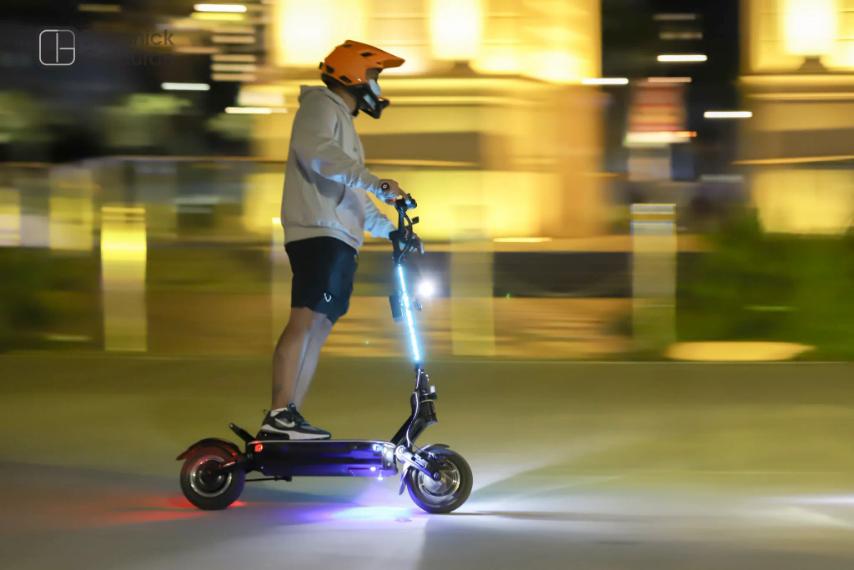
Legality
Is using an electric scooter on Philippine roads legal? The answer is yes, though there are some caveats. While there is currently no requirement for operators of electric scooters to register their scoots or have a driver’s license (for scooters that have a maximum speed of 25 kilometers), their operation is “limited within barangay roads only, and they may be operated on bicycle lanes or similar lanes designated by proper authorities.”
That being said, friends that operate e-scoots have typically never been hassled by enforcers and PNP personnel manning checkpoints. There’s simply no law or requirement for it as of press time, though the LTO has called for mandatory registration of e-scooters for the country as well and has expressed its desire to have operators possess a driver’s license.
Safety
Another big question that comes up with e-scooters is the one of safety – how safe are you really while riding? My knee-jerk reaction by simply looking at them is “not very” but that’s not entirely fair or accurate. Of the 38.5 million e-scooter trips done in the US in 2018, there were only 7 e-scooter fatalities recorded.
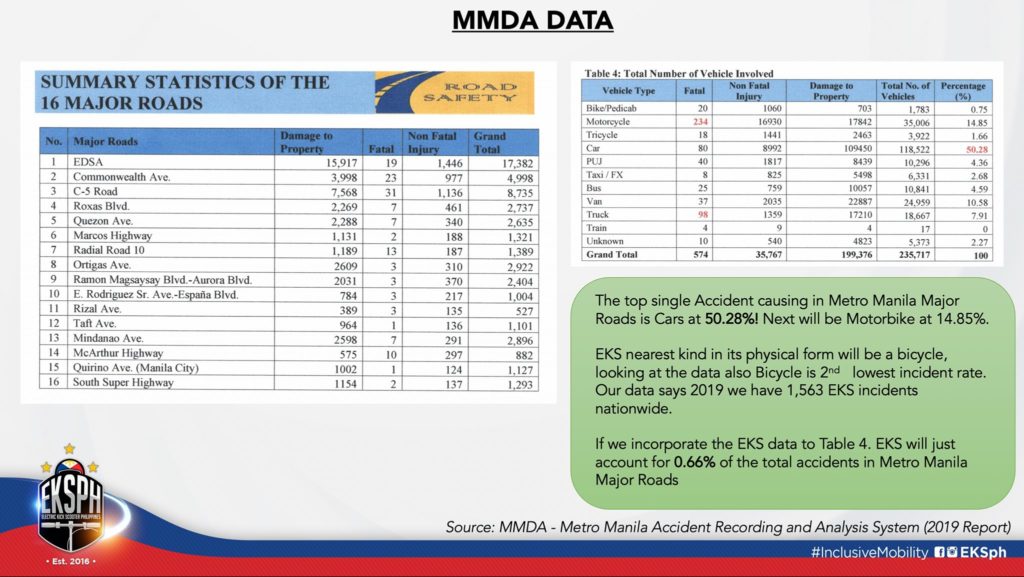
While there is an increase in the chance of injury for newer riders VS motorcycles, the risk of death isn’t higher VS motorcycles. There is a caveat though – since there is no law on e-scooters as well as the use of helmets while using them, it’s usually on the rider if they’ll wear a helmet or not. Tim Vargas, a Mobility Advocate, Co-Founder & Chairman of EKSPH (Electric Kick Scooters Philippines) shared some interesting local statistics. According to 2019 data shared by the MMDA, cars contribute to around 50% of vehicular accidents in the country. Data for personal mobility vehicles such as bicycles, electric kick scooters, and similar forms of transportation, only accounted for 0.75% of recorded accidents.
To be fair though, if we’re going by MMDA’s data, the percentage of fatalities as it relates to the incidence rate is 1.11% for personal mobility vehicles and only 0.067% for cars, which makes sense since you’re far safer in a car than if you’re exposed to the elements like in an electric scooter. A fairer comparison would be fatalities of motorcycle riders during the same period VS the number of incidents – the data shows there were 35,006 vehicles involved in accidents, with 234 being fatal. That works out to a 0.66% chance of a fatal accident. These numbers are obviously far from complete and don’t show the entire picture, especially since the use of electric scooters and other personal mobility has risen quite dramatically since the year the data was supplied.
Since there’s not really a law per se governing what you should or should not wear while using an electric scooter, you can theoretically wear whatever you want while using one. Obviously, that’s a really bad idea, and the bare minimum should be a quality helmet. Knee and elbow pads are also a good investment to save your joints from painful drops if you ever do get into an accident.
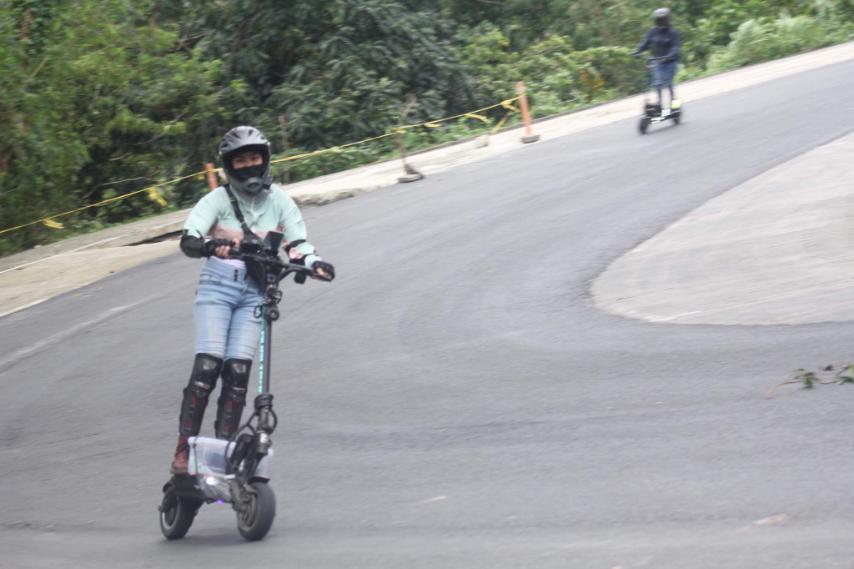
Learning curve
Learning how to ride an electric scooter is pretty easy, as evidenced by literal children deftly using non-powered scooters since time immemorial. Obviously, you’ll have to adjust your riding stance since you’ll be going way faster than a manually-operated scooter – Mau says the trick is to be more fluid in your stance so you’ll be able to bail out easily if needed, though if you’ve ever used a manual scooter or driven a motorcycle before, there isn’t that much of a learning curve.
Unit cost
Probably one of the biggest hurdles for people looking to buy e-scooters is cost. As with anything, there’s a wide variety of prices for scooters, with entry-level models starting for as low as Php 10K and going up to Php 100K.
As I see it, there are two types of electric scooters you can buy: there are the “last mile” e-scooters from Xiaomi and other popular brands that have limited ranges that you store in your car’s trunk (or your condo if you live close to where you work) to get you to relatively close destinations. Then there’s the serious e-scooters: ones that have enough range and power to replace your car when it comes to commuting, one that has enough raw power to get you over steep hills and gradients while still having enough of a charge when you’re done for the day to get you back home.
The cost of an e-scooter that’s suited for you will depend on a lot of things: the range is obviously one – how far you are from your intended destination will be the biggest thing. But our roads are obviously not flat planes – gradient changes (hills, includes, etc.) will also have an effect on the overall range. If your route to your office and back has a lot of inclines and gradient changes, you’ll need a stouter ride.
Mau Duque, another long-time rider of electric scooters says that if you typically have a Marikina to Ortigas CBD commute (Around 25KM distance back and forth) and have a rather stout composition like me, you’ll be looking at a unit cost of around Php 25,000 to Php 35,000.
Operation and maintenance costs
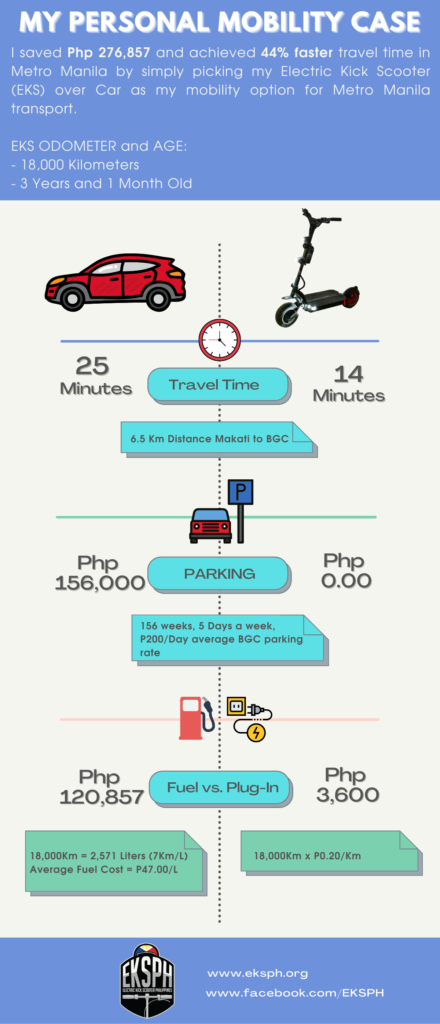
This is the big one: how much does it really cost to run an electric scooter as a daily driver? For Tim who has clocked in around 18,000 KM in three years traveling from Makati to BGC for 3 years and 1 month on an electric scooter, the savings are pretty obvious. He claims he’s only paid for around Php 3,600 in electricity costs operating his scooter VS the Php 120,857 it would have cost to run his car (assuming that your mileage is 7Km/L at the cheaper Php 47/L gas prices back then). Once you factor in parking and higher costs of fuel nowadays (as the article is being written we’re already almost at the Php 80/L threshold for unleaded), you can see how much you’re really saving if you start using electric scooters to commute.
As for regular maintenance, there really isn’t a lot to maintain in these things. Some distributors/sellers offer free lifetime PMS service for units bought from them as well. Mau recommends checks every 1000 KM, which consists of bolts, nuts, stems, and batteries, among other things.
Specs to look out for
For Tim, the priority as far as specs go for an electric scooter in the Philippines for new buyers should be price, range, and power. While the first is pretty self-explanatory, the second means how far your scooter theoretically will be able to travel on a single charge, measured in kilometers. Take note that the indicated range is an estimate only – plenty of factors will affect this which include the quality of the road that you’re on, inclines and gradient changes you encounter as well as operating temperature and even the weight of the rider.
Power is a metric that measures how much, well, power a motor generates, measured in watts. The higher the number the more power the motor generates, and theoretically that also means the faster you go. Higher power ratings also mean the scooter can carry more weight and it can climb steeper roads.
For newbies, Tim recommends models that have at least 250w – 500w of power, which gives riders top speeds of anywhere between 25 km/h to 35 km/h. However, there are electric scooters available which much higher power ratings, and there are models that go up to 60 km/h to over 80 km/h as well.
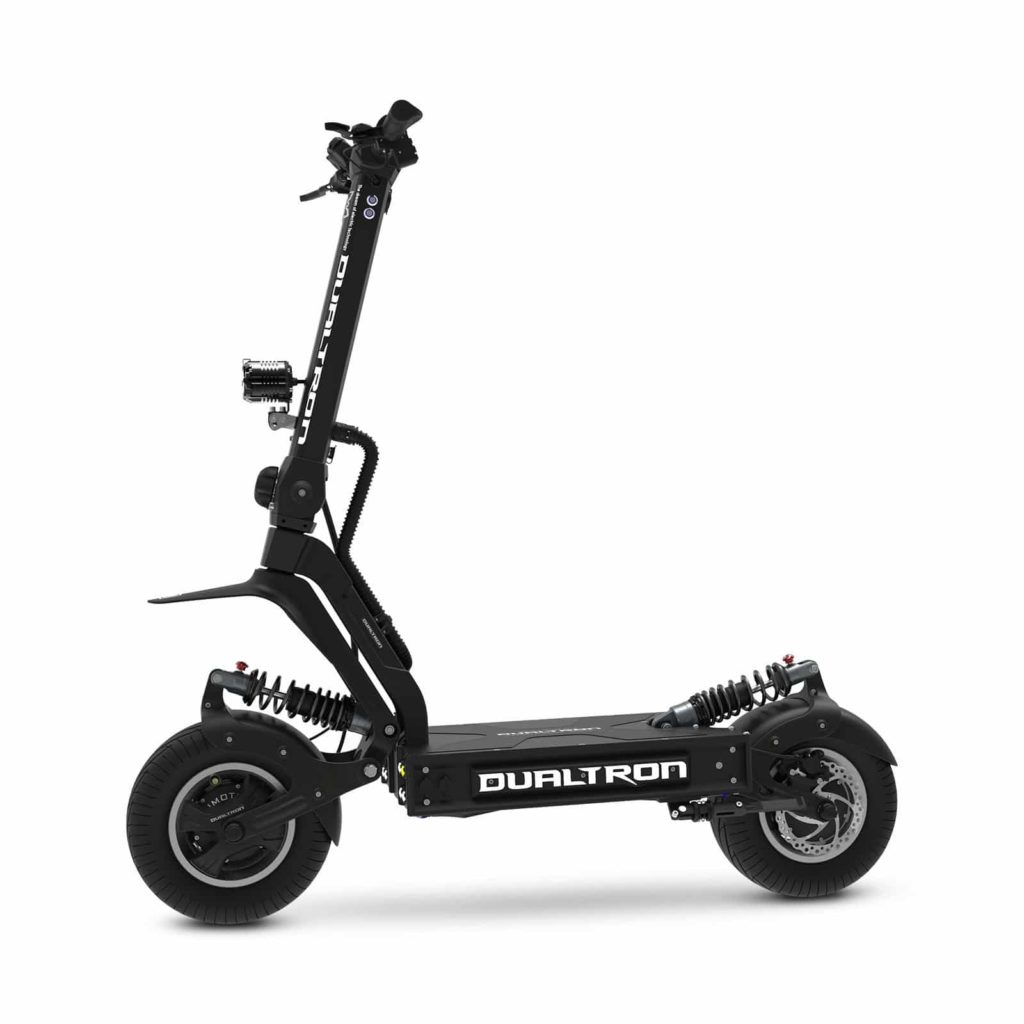
Brands to get
There’s a huge variety of models available to buy online, and just like any other gadget or brand, there are good ones and there are bad ones. One brand that’s repeatedly been mentioned by the people I spoke to in this article as being good is Dualtron. It’s been equated as being the Apple of electric scooters, as it has excellent riding characteristics, is relatively stable, and has great range. But like Apple, they command premium prices, so take that into account. Mau personally uses an Ultron, which is considered as more of a mid-range brand.
Then there’s Xiaomi, which offers relatively entry-level models for not a lot of money, and most of the feedback for their units is pretty positive. We also reviewed an electric scooter from Lenovo as well.
Because of the sheer number of electric scooter brands available in the Philippines, it’s incredibly important for you to do your research before finally settling on a brand to use. The electric scooter market is infested with a lot of questionable brands according to people I’ve spoken to, and that’s really something you’d want to avoid when it comes to devices that have high-capacity batteries that always carry the risk of fire.
Aside from brands, you’ll also have to take a look at the actual sellers themselves. Some offer good prices, some offer excellent PMS services, some offer free roadside assistance, and some offer all of the three combined.
Electric Scooter Philippines: Further reading
While this article has been pretty long and covered a lot of the basics of electric scooters in the Philippines, it only scratches the surface of what you need to know about electric scooters. If you’re really interested in going electric this way, you can visit the Electric Kick Scooter Philippines (EKSPH) Facebook group to know more.


